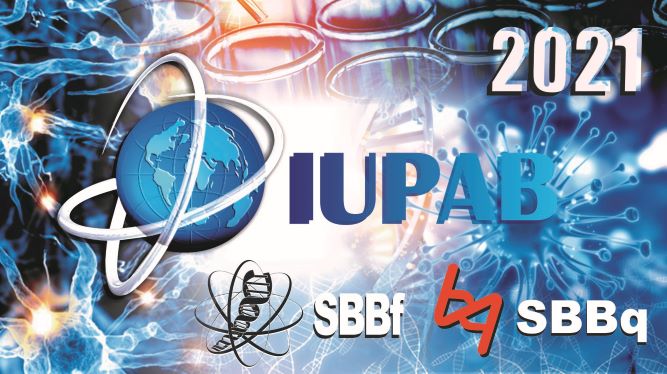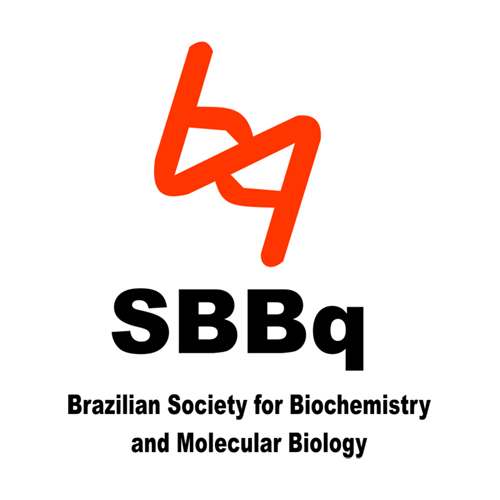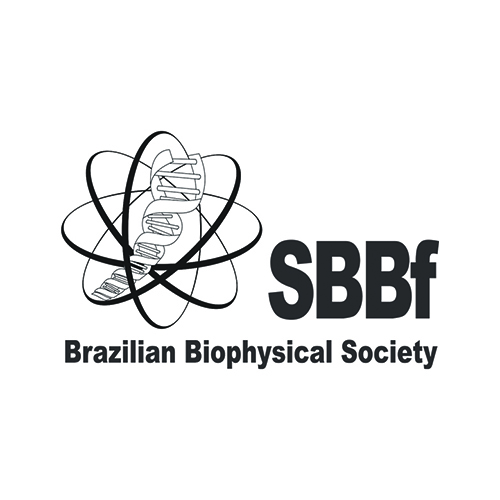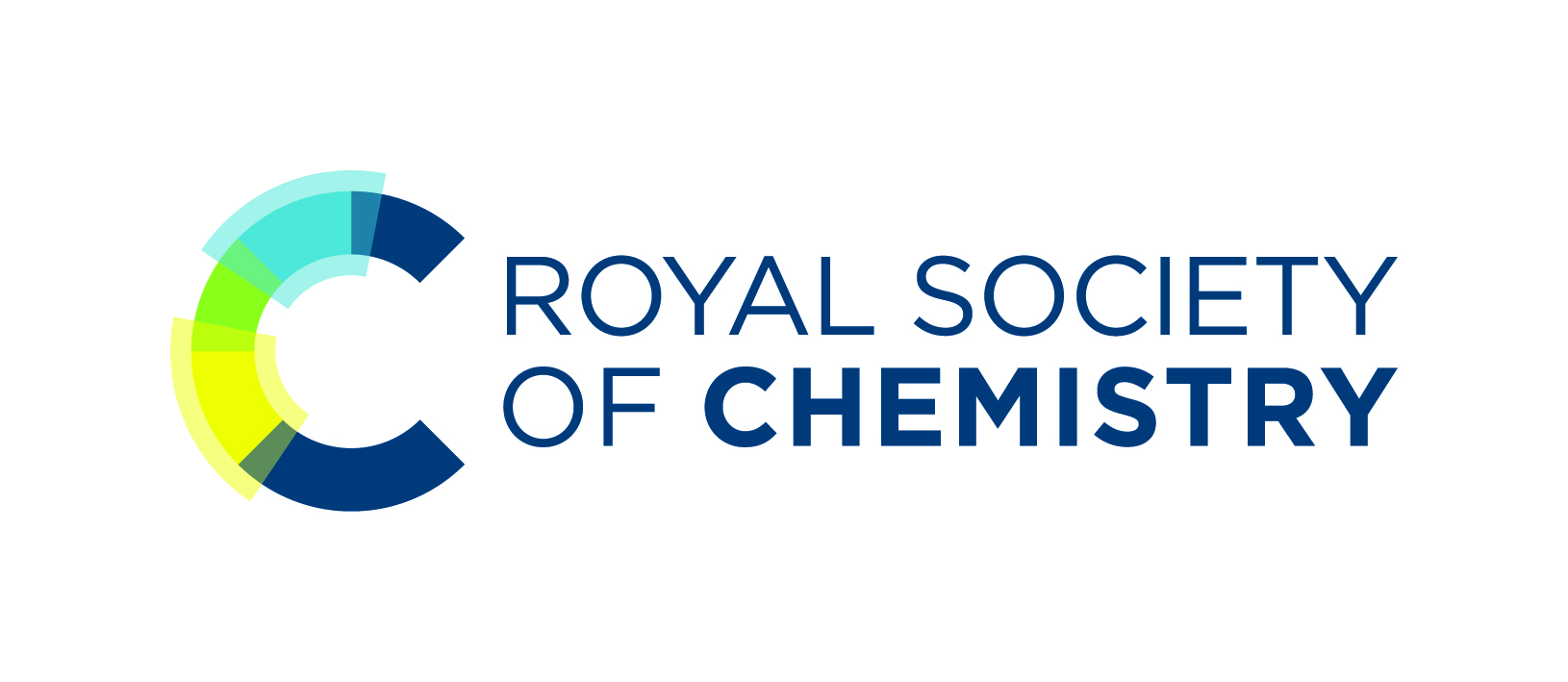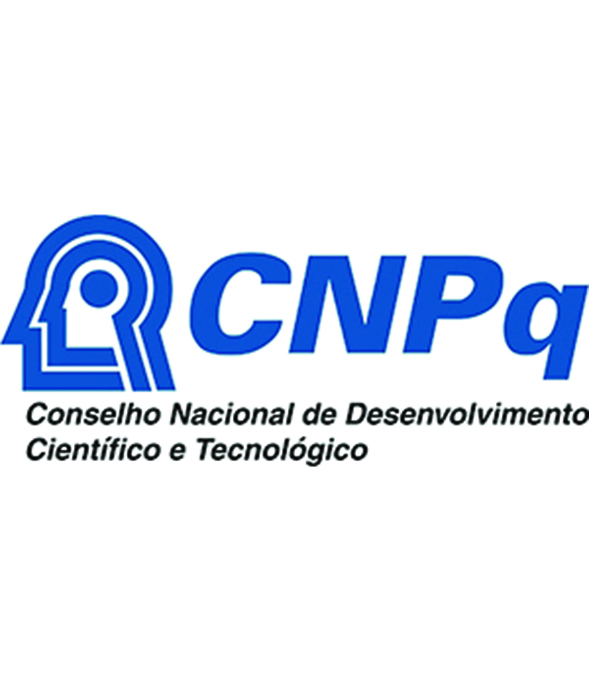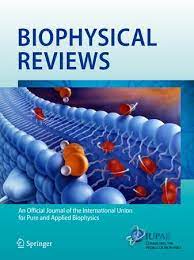Forward and Reverse Engineering Liquid States of Matter in Living Cells
Chemical and Biological Engineering, Princeton University/HHMI, Princeton NJ, USA
In this talk I will discuss our work to understand and engineer intracellular phase transitions, which play an important role in organizing the contents of living cells. Membrane-less RNA and protein rich condensates are found throughout the cell, and regulate the flow of genetic information. We've shown that liquid-liquid phase separation (LLPS) underlies the assembly of these structures. LLPS driven by intrinsically disordered protein regions (IDRs) explains many condensate features, for example the internal subcompartments of the nucleolus, which has important consequences for sequential ribosomal RNA processing. Our lab has developed a suite of new approaches, which use light to enable spatiotemporal control of intracellular phase transitions, allowing us to engineer the assembly and disassembly of these structures within defined subregions of the cytoplasm and nucleus. We are now using these tools to quantitatively map intracellular phase diagrams for the first time, providing unprecedented access to the biophysical principles underlying RNP condensate self-assembly. This approach has also begun to yield rich insights into the link between intracellular liquids, gels, and the onset of pathological protein aggregation, and still largely unexplored mechanical interactions between these structures and the genome.
Short Bio
Cliff Brangwynne obtained B.S. in Materials Science from Carnegie Mellon University in 2001, and his PhD in Applied Physics in 2007 from Harvard University. He was a visiting fellow at the Max Planck Institute for the Physics of Complex Systems in Dresden, and was a Helen Hay Whitney Postdoctoral Fellow at the Max Planck Institute for Molecular Cell Biology and Genetics in Dresden. Since 2011 he has been a faculty member in the Department of Chemical and Biological Engineering at Princeton University, and is currently the June K. Wu ’92 Professor of Engineering and Director of the Princeton Bioengineering Initiative. His primary research interests are in biological self-assembly, particularly in the role of intracellular liquid-liquid phase separation. Dr. Brangwynne is the recipient of numerous awards including a Searle Scholar Award, a Macarthur Fellowship, Wiley Prize, HFSP Nakasone Award, and he is currently a Howard Hughes Medical Institute Investigator.
